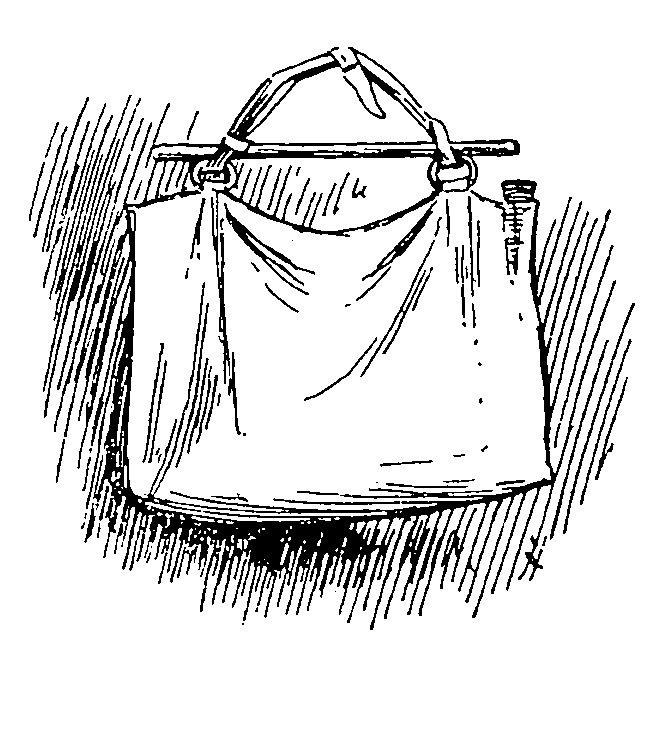Golden Pipeline


A time capsule of water,
gold & Western Australia
A project from the National Trust of WA

A self-guided drive trail between the Perth Hills and Western Australia’s Eastern Goldfields. Go with the Flow. Follow the water to discover more about the audacious goldfields water supply scheme and Engineer CY O’Connor.
“Future generations, I am quite certain will think of us and bless us for our far seeing patriotism, and it will be said of us, as Isaiah said of old, ‘They made a way in the wilderness, and rivers in the desert”
The Scheme Need for the Scheme
Life on the goldfields
Water scarcer than gold
A saying common during the 1890s Gold Rush urged newcomers to the goldfields to bring “a waterbag, a can opener and a piece of hoopiron to scrape off the dirt with”.
The light-hearted saying touched on serious issues: getting sufficient water to drink was a matter of life or death; fresh fruit and vegetables were unattainable, resulting in poor health; and in unsanitary conditions death and disease were rampant.

A waterbag
“Doing a perish” was an all too real hazard of prospecting. “Missing Friends” columns appeared in newspaper appealing for news of friends and relatives. Some were never found, sometimes skeletons were discovered, years later, empty waterbags beside them.
Lives were lost not from thirst alone. A visit to Coolgardie cemetery gives a fascinating insight into epidemics that swept the goldfields and causes of death. Children died from preventable illnesses such as diarrhoea and resulting dehydration.
The 1895 typhoid epidemic resulted from men unknowingly drinking tainted water from Coolgardie’s Gorge. Goldfields residents took every opportunity to obtain free water, so when this depression filled after a rain event many drank from it.
Expensive water from condensers was boiled, killing germs. But at the time the connection between lack of sanitation, water pollution and typhoid was not clearly established. Doctors and scientists argued about how typhoid spread, one theory being through breaking virgin soil, another through infected air.
An acting health officer at Coolgardie suggested the source as drainage from faecal deposits around “every little clump of shrub in the hills”. In time the association between filth and the quality of the water supply became accepted knowledge.
Ironically the favoured treatment for typhoid was the “cold bath cure”. But immersing a patient on a stretcher every four hours into a bath of water was not a real option on remote waterless goldfields.
In her memoirs of the 1890s, a nurse recalled taking grave-digger MacDougall to task for reporting to Coolgardie’s government hospital every day for details on who was about to die. He explained:
‘Well, you see nurse, it’s this way. The Roman Catholics are fairly easy for their division is all in sand, though it does dribble back as you dig it. The Methodists we can manage well too: they go into clay, but it’s sticky and all that. Not easy to work. But the Church of England, they’re right into the rock and I have to blast them and I must be ready for them. We can’t keep the poor bodies waiting for burial, for Coolgardie’s very warm.’
A can opener
With scarcely enough water to drink there was no water for growing crops or vegetables, resulting in a diet of “tinned dog” as prospector John Aspinall wrote home to New Zealand in 1895.
Goldfields residents who venture out into the bush may well have come across a “tin circle”, a reminder that more than 100 years ago prospectors camped around a fire at that spot, heating up their tinned dog and tossing the empty cans over their shoulders.

A piece of hoopiron
Keeping clean with little water was exacerbated by having to “dryblow” or sieve for gold, a dusty occupation that may well have resulted in a layer of dust so thick it could be scraped off with a metal strip.
Finding a way to clean dishes with scant water was something to write home about. One New Zealand prospector boasted to his family that he’d learned to wash a plate in a teaspoon of water “and make it clean too”.
Old photographs show bearded men – with not enough water to drink there was certainly none for shaving. And it wasn’t just a matter of keeping oneself clean, but also one’s clothes.
Some who struck it lucky didn’t bother, being rich enough to be able to afford to throw away dirty clothes and buy new ones. But the ordinary prospector in the Eastern Goldfields relied very much on “the dry process” – instead of washing a dirty shirt, with hard to obtain or expensive water, you hung it on a bush and beat it with a club.
When clouds began to gather such a prospector would run out and hang his clothes over the nearest bush in the hope of rain. And while he was out there with no clothes on, he’d rub soap over his naked body and wait for rain to wash the soap off along with the red dust. Of course, sometimes clouds looked promising but the rain never eventuated.
The story goes that on a Sunday, dusty red men disappeared down the track to the Coolgardie bore armed with buckets, kerosene tins and other containers to hold the brackish water too salty for human consumption. They’d reappear with black, brown, grey or blond heads and beards, only a few genuine red amongst them.
In further articles we’ll look in more depth at mining and the water issue as well as sources of scarce freshwater.
Explore
Click on any map section or place below to discover The Golden Pipeline.
Northam to Cunderdin
Explore section two


